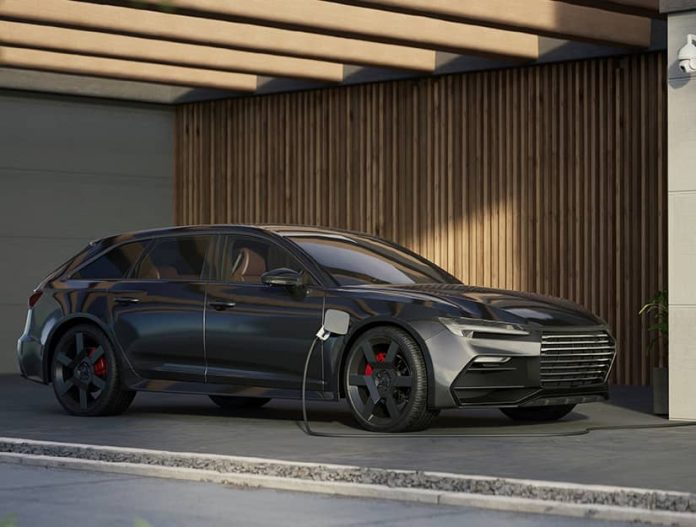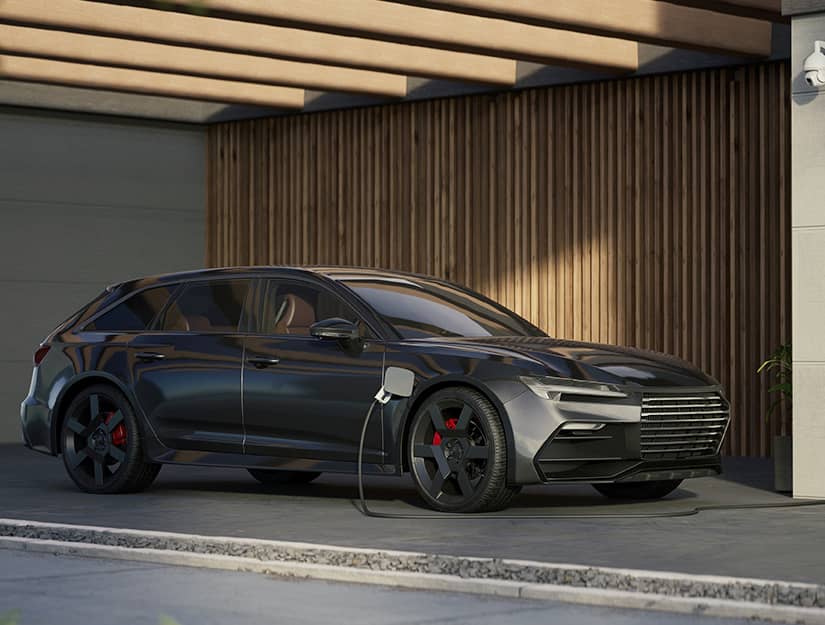
Is the electric car revolution running on fumes? Electric cars promised cleaner, cheaper, and easier motoring for years to come. But now that the initial romance has worn off, plenty of drivers are finding that the reality is messier and more expensive than the high-gloss ads promised.
Practical users and automotive enthusiasts are increasingly demanding tough questions regarding cost, convenience, and whether technology is really ready for the big time. This list goes into the top reasons why skepticism is on the rise, incorporating recent progress and ongoing issues that define the EV landscape in 2025.
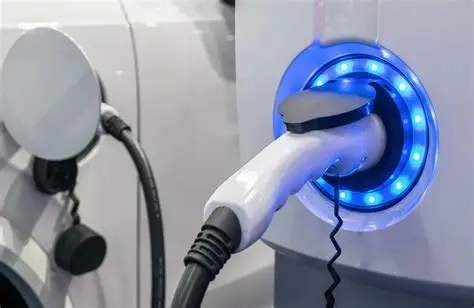
1. Charging Infrastructure: Still a Patchwork, Particularly Rural America
The dream of pain-free charging is still far from the reach of the majority. As urban centers have seen charges mount exponentially in charging stations, rural America is far behind. Only 45% of rural counties had a minimum of one fast EV charging point at the beginning of 2025, as against 76.5% in metropolitan areas (EV charging divide). This shortfall means that a routine country drive can be a chore in terms of logistics, with drivers having to plot their route around the handful of chargers. The shortfall is not likely to be filled by the private sector, with rural usage so low that it is difficult to see any business case for investment.
Government initiatives such as the National Electric Vehicle Infrastructure (NEVI) program attempted to bridge the gap, but political ambiguity is surrounding their destiny. Loren McDonald, Paren’s chief analyst, compares it to when rural electrification began: “There are some things that literally require government help, or otherwise it’s never going to happen.” As long as this gap remains unfilled, most drivers will continue to view EVs as a gamble outside urban limits.
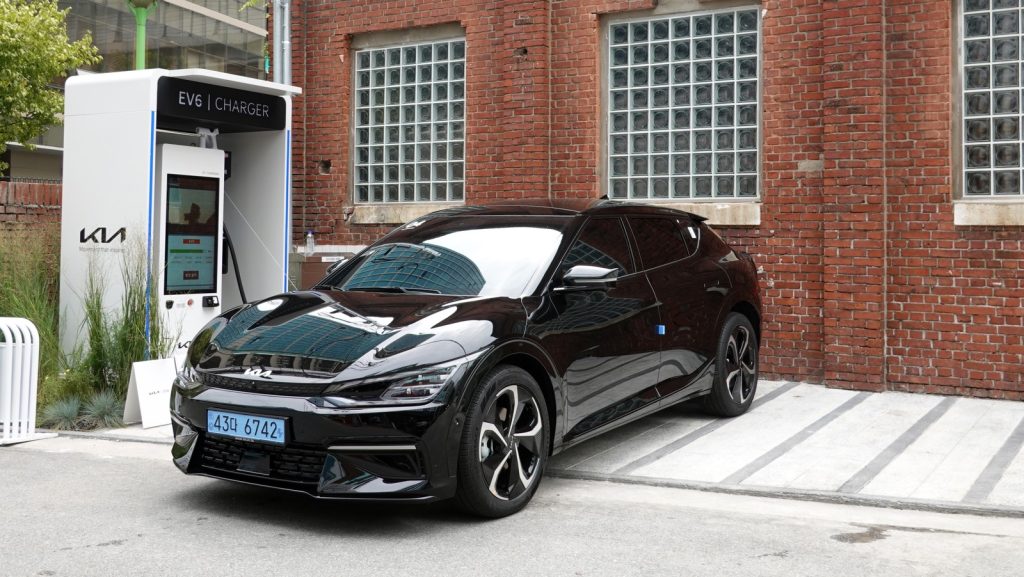
2. Charging Speed and Dependability: Too Slow, Not Reliable Enough
Even where there are chargers in abundance, reliability and speed continue to be bane. The quickest public charging stations are as brief as 20 to 30 minutes for a full charge a fraction of the five-minute top-up at fueling stations. Home charging, convenient as it might be for some, is even slower, taking a night charging session to achieve a full battery.
Insult to injury, several public charging stations are bedeviled by unreliability. J.D. Power surveys rank charger reliability over and over as lowest, with common complaints of nonfunctional or malfunctioning machines (charger reliability). As Stellantis CEO Carlos Tavares so bluntly stated: “Public EV charging has to ‘jump on your face’ before most customers will think about an electric vehicle.” Until charging is as quick and easy as filling with gasoline, range fear and anger will not disappear.
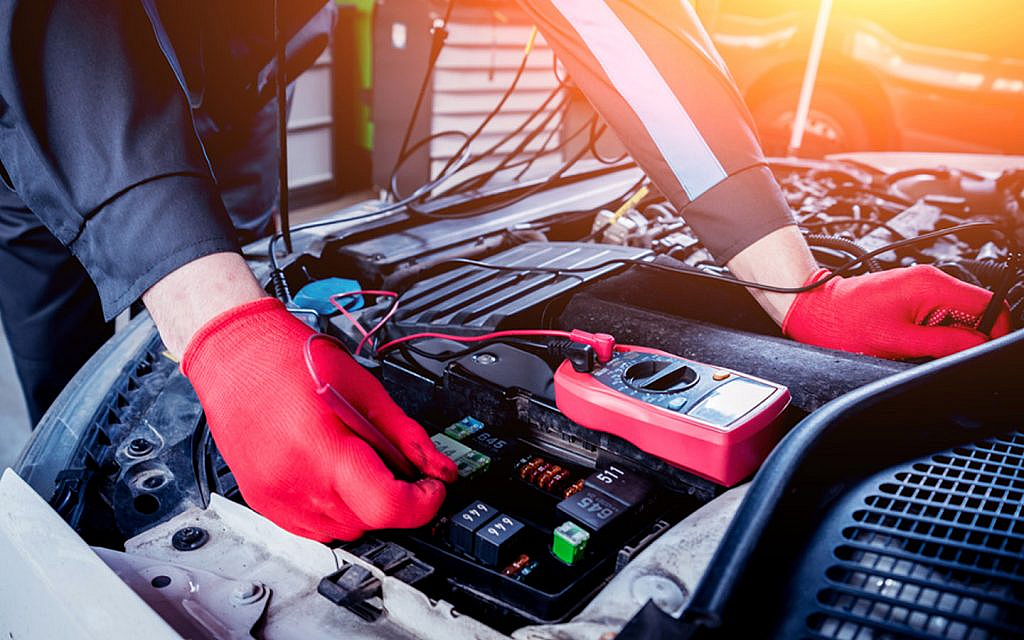
3. Battery Costs and Repair Anxieties: The Elephant in the Garage
The sticker price of battery replacement remains one of the most powerful deterrents to EV purchase. In a recent AAA study, 62% of Americans cite high battery repair costs as a strong discouragement (AAA report). Replacement costs can run in the tens of thousands, a daunting prospect for anyone considering a used EV or wanting to plan far in advance.
Battery technology is improving, with solid-state and lithium-sulfur cells coming along that promise greater affordability and longevity (battery innovations). Toyota, for instance, suggests its fresh solid-state battery will charge in 10 minutes and go 1,000 kilometers. But such developments are not yet at mass-market levels, and for most purchasers, the specter of an expensive battery failure remains too uncomfortably high.

4. The Steep Price Tag: EVs Are Still Out of Reach for Most
In spite of increasing competition and sporadic price drop, all but a few electric vehicles are still significantly pricier than their gasoline counterparts. As of 2025, the average EV still costs $50,000–$60,000, available only to affluent buyers (EV price analysis). Even when discounted by rebates and tax credits, the initial cost still proves to be a significant barrier for families looking for a decent transportation solution.
Manufacturer reactions are underway, with Ford and others developing less costly EV platforms, but at a glacial pace. The latest AAA survey discovered just 19% of Americans are “likely” or “very likely” to purchase an EV as their next vehicle the lowest rate since 2019 (AAA survey). The majority find a decently priced, dependable EV too costly.
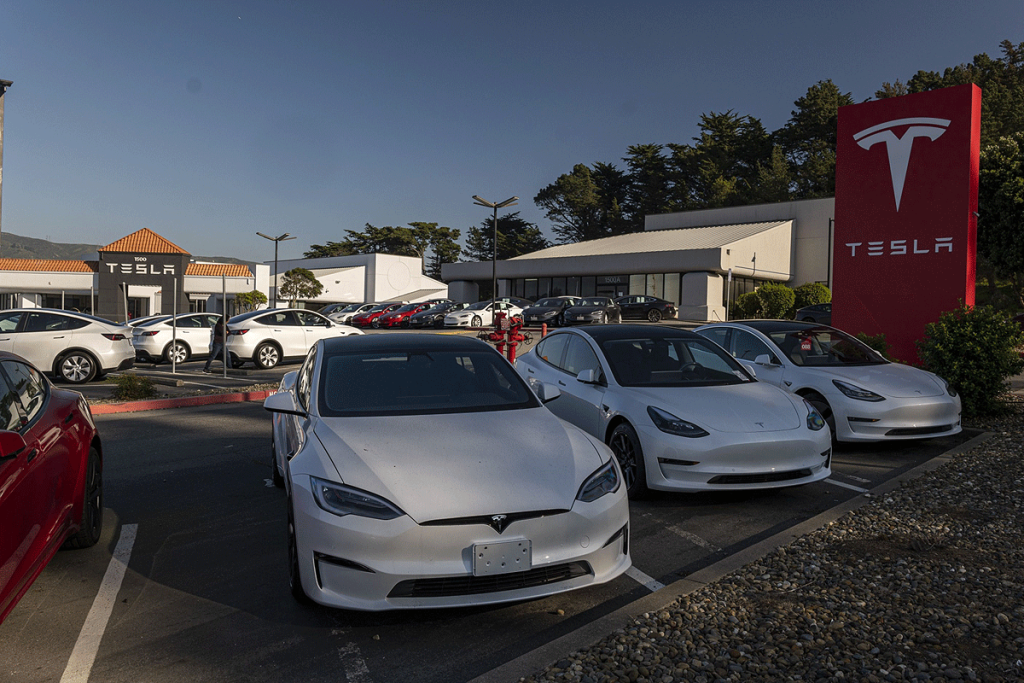
5. Brand Perception and the Tesla Effect: Image Matters
The popular perception of electric cars is inextricably linked to their top brands and sometimes that’s not good. Tesla, the hero of the electric car revolution, has had its reputation smudged by CEO Elon Musk’s autonomy and politicking. And what was the consequence? A 13% fall in sales of Tesla vehicles and a 71% decline in profits for the fourth quarter, and a wider backlash that’s moving over into the entire EV market (Tesla sales slump).
This “Tesla effect” is not figment of imagination. As the AAA report describes, adverse emotion surrounding Tesla and Musk now casts a gigantic shadow as the leading contributor to waning EV demand. To rational customers, reputation may be as significant as technology. Until companies regain trust and present credible, compelling alternatives, doubt will keep the electric revolution on the slow track.
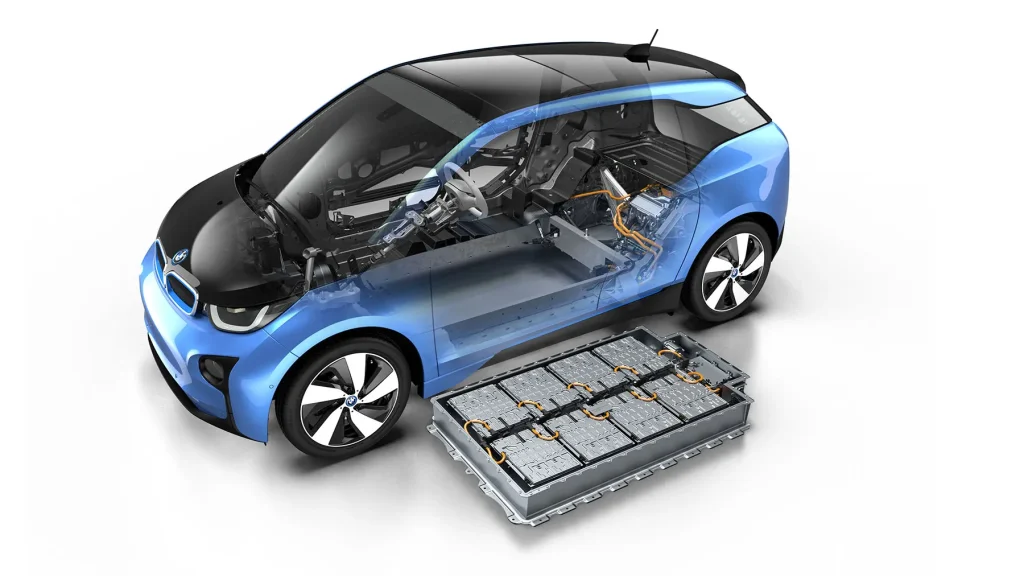
6. Battery Advances: Expectation on Horizon, but Not Yet
The destiny of EVs depends on innovation in batteries. Advances in solid-state, lithium-sulfur, and sodium-ion batteries have recently had potential to charge faster, travel further, and be less expensive (battery breakthroughs). Natron Energy sodium-ion batteries, for example, charge ten times faster than the present lithium-ion cells and retain their ability for 50,000 cycles. Modular and swappable batteries, on the other hand, are being tested in Europe, portending a future when range anxiety never is.
These advances are, however, still very much in the trial stages or confined to small pilot projects. Until they materialize in mass-market cars, most motorists must work with current limitations and the associated anxieties regarding expense, convenience, and durability.
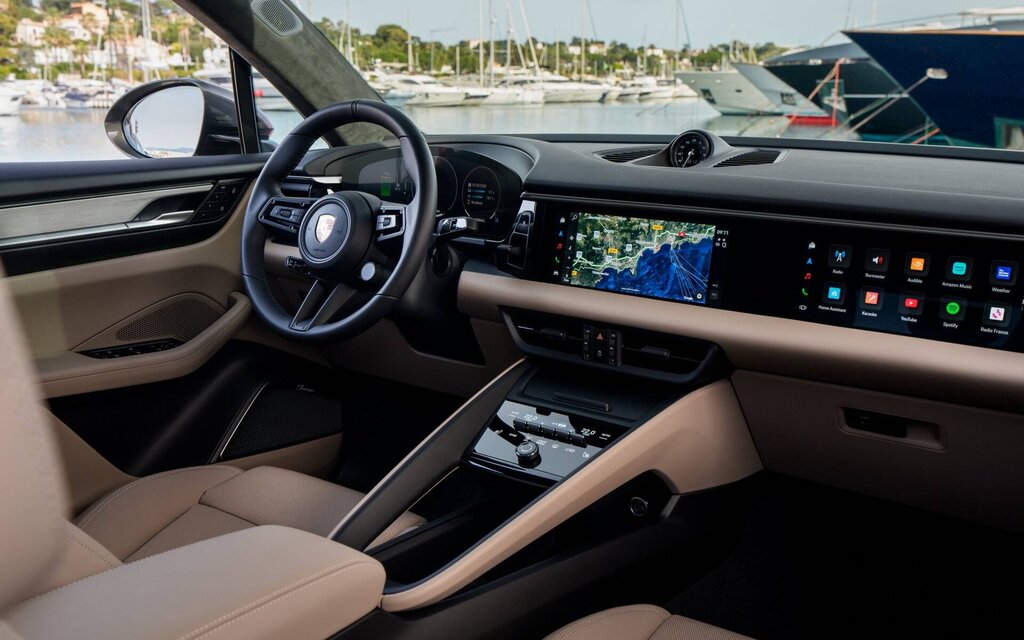
7. The Used EV Gamble: Battery Health Uncertainty
For frugal buyers, the aftermarket for EVs presents a special kind of risk. Unlike gas-driven vehicles, where maintenance record and mileage provide a fairly good indication of future dependability, a battery’s condition inside an EV is that much harder to gauge. An un-serviced battery is a significantly shortened range and the specter of an expensive replacement.
This lack of transparency has kept many consumers away from second-hand EVs entirely, limiting the market for lower-cost models. Until testing on batteries is commonplace and inexpensive substitute batteries are the standard, used EVs are a risk.
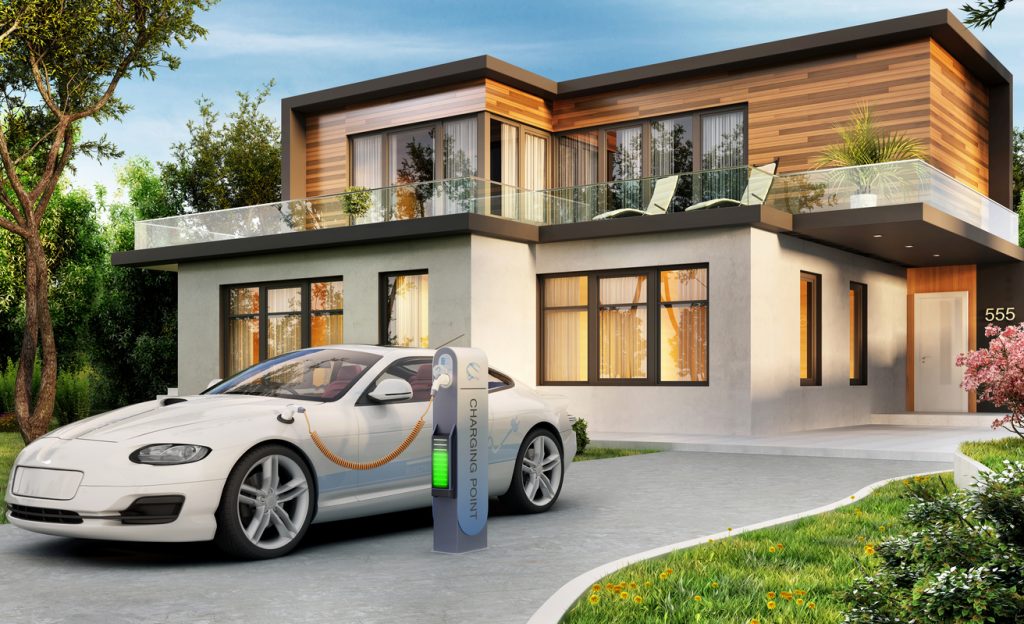
8. Home Charging: Not a Possibility for Everybody
Whereas home charging is a huge benefit for some, many Americans reside in apartments or older homes that lack garages and convenient access to outlets. For these motorists, depending solely on public charging is not only inconvenient it’s typically not an option. Home charging infrastructure disproportionately disadvantages low-income and urban communities, further validating the negative stereotype of EVs as used by affluent Americans.
Public charging is on the rise, but as long as home charging goes mainstream, this obstacle will remain an excuse to scare off most potential EV buyers.
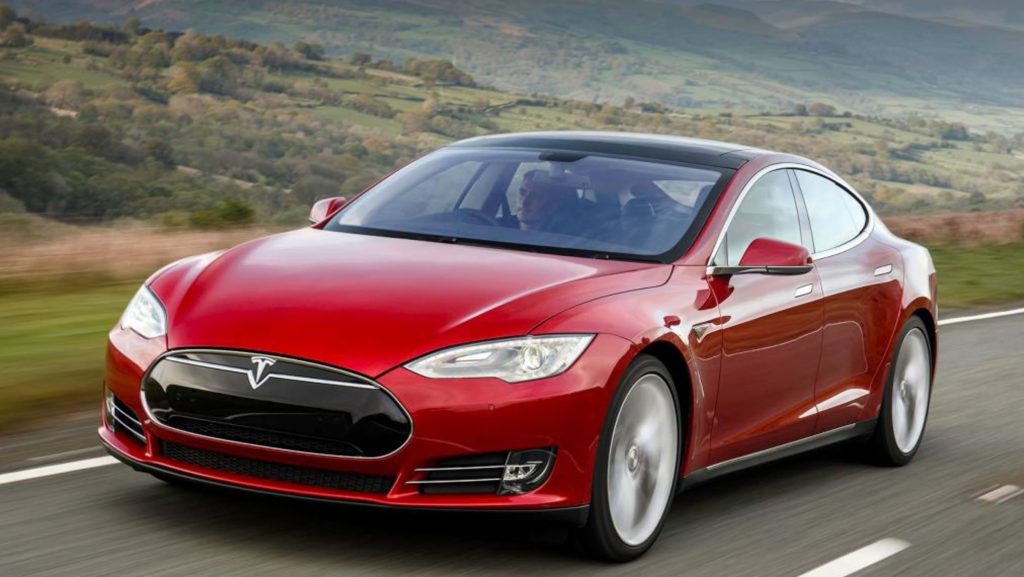
9. The Road Ahead: Can Innovation and Policy Bridge the Gap?
In spite of the disasters, there is cause for optimism. Battery and car companies are pouring a lot of investment into next-generation technology, and governments persist in demanding greater infrastructure and subsidies. Car industry commentators predict the next couple of years to see more rapid charging, cheaper models, and greater reliability.
However, the transition will not be seamless. As Valdez Streaty noted, “I think, in the next couple of years, we’re going to start to see exponential growth of charging, and hopefully, with that comes reliability, because that’s the other big aspect of it”. For now, practical drivers must weigh the promise of innovation against the realities of today’s EV market.
Electric cars are still a project in progress, promising but lacking in problems. For practical drivers, they should go electric or not is no longer a matter of green principle or gasoline dollars. It’s a calculation of complexity that entangles cost, convenience, dependability, and brand loyalty. As the technology and the supporting infrastructure evolve further, the difference between promise and reality should shrink. Meanwhile, a healthy scepticism and thorough research are the best counsellors for anyone thinking of making the electric leap.
